Consider some of the TV images over the past summer that have branded a mark on your mind: Maui fires, Hurricane Idalia, Alaska flooding. A total of 58 major disasters have been declared in 2023—and we still have over 3 months to go.
Now consider those left behind after Mother Nature took a swipe. Houses destroyed, power lost, vehicles stranded, food in short supply. Possibly the ugliest mark of all these events, however, is fraudulent claims by individuals preying on the misfortune of others.
Disaster relief is a lifeline for communities grappling with natural disasters and emergencies. In the US, the Federal Emergency Management Agency (FEMA) plays a pivotal role in providing financial aid and resources to those affected. Yet as crucial as FEMA assistance is, ensuring equitable access to these funds has become a pressing concern for the agency’s decision-makers.
This blog post explores the critical issue of FEMA fraud prevention, with a particular emphasis on inclusivity. We will look at how identity verification (IDV) technologies can address these concerns and promote fairness and accessibility in disaster relief processes.
Unseen barriers to FEMA relief
Inclusivity is not merely a buzzword, but a fundamental pillar of equitable disaster relief. Vulnerable populations and underserved communities often face significant hurdles when attempting to access FEMA benefits. These barriers can range from language barriers and limited access to technology to challenges related to documentation. Moreover, exclusive or biased ID verification systems can inadvertently worsen these disparities.
To underscore the importance of inclusivity, consider a September 2020 study by the US General Accountability Office, in which it was reported that 18% of eligible applicants from certain marginalized communities were denied FEMA relief due to identity verification issues. And to highlight fraud, consider another GAO report, also from 2020, which advocated for a 5-step plan for FEMA to take additional actions to strengthen fraud risk management for public assistance (PA) emergency work grants.
The report highlights: “FEMA has obligated over $10 billion in PA grants for emergency work to applicants in the three states and two territories recovering from hurricanes and wildfires in 2017. FEMA faces challenges balancing the need to quickly deliver disaster funds while minimizing the risk of fraud—challenges increased by the size and scope of the 2017 disasters and the complexity of the PA grant program.”
A glimpse into the state of IDV
Modern ID verification systems have evolved considerably, thanks to advancements in artificial intelligence (AI) and machine learning. These technologies can adapt to a diverse range of identities, ensuring inclusivity for all applicants. For instance, biometric identification methods, such as facial recognition (when applied correctly), have never been more accessible and accurate.
These technologies are not only convenient but also accommodate individuals with unique characteristics or disabilities. Additionally, they are complemented by the acceptance of various forms of identification, including government-issued IDs and alternative documentation, to cater to those who may not possess traditional identification.
Best practices for an inclusive approach
For FEMA decision-makers eager to implement an inclusive IDV system, several best practices can guide their efforts. Transparency throughout the verification process is paramount, and applicants should be fully informed about how their data is used and protected. User consent is another crucial aspect, ensuring that individuals have agency over their personal information. Data privacy should be rigorously upheld to prevent any misuse or breaches.
And while ID verification is crucial for maintaining equal and secure access for those entering the FEMA ecosystem, it keeps the impersonators outside the front door.
The path forward: prioritizing inclusivity
In conclusion, ensuring inclusivity in FEMA fraud prevention through ID verification is not just an aspiration; it’s an imperative. As mentioned above, vulnerable communities disproportionately suffer when relief processes lack inclusivity. Modern ID verification technology offers a powerful solution to address these challenges.
So while FEMA decision-makers can’t hold back Mother Nature from her turbulent visits, they can apply technology to prioritize inclusivity in their fraud prevention strategies, ultimately enhancing the accessibility of disaster relief grants for all and minimizing the burn from misappropriated funds.
About the post:
Images are generative AI-created. Prompt: A cloud with a lifeboat floating on top, there is a young black man in the boat, in the style of detailed fantasy art, dreamcore, quiet moments captured in paint, radiant clusters, i cant believe how beautiful this is, detailed character design, dark cyan and light yellow. Tool: Midjourney.
About the author:
Terry Brenner is the Head of Legal, Risk, and Compliance for IDVerse’s American operations. He oversees the company’s foray into this market, heeding to the sensitivities around data protection, inclusivity, biometrics, and privacy. With over two decades of legal experience, Brenner has served in a variety of roles across a diverse range of sectors


